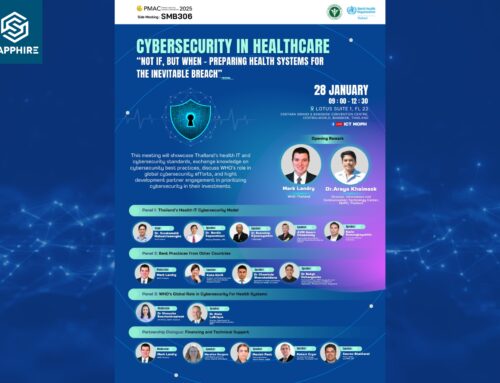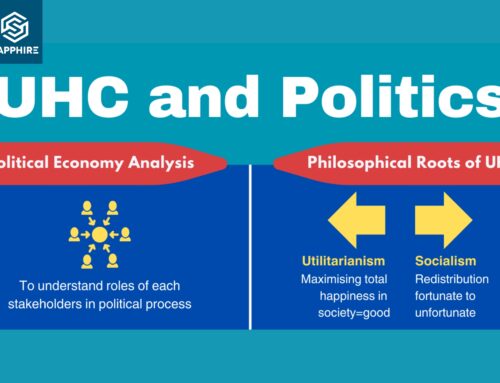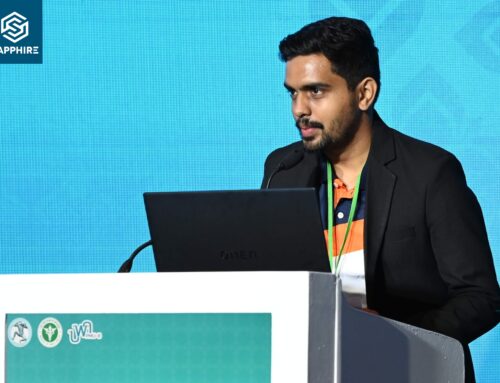Low- and middle-income countries (LMICs) bear the major brunt of the non-communicable disease (NCD) burden. Taking control of and reducing this burden is at the forefront of the global health agenda. But how do countries go about doing this? Well, that is a good question.
One way is through interventions that target risk factors, but how do we know what interventions should be invested in and what shouldn’t? What are the good investments for NCD prevention? What are the best buys? What are the wasted buys?
The questions do not end there.
Policy makers must navigate through great obstacles such as public opinion, commercial and trade interest, and unique health system challenges. What are the factors leading decision-makers to invest in wasted buys but not best buys? What is a suitable investment for the context in question? Is it possible for the effectuality of one intervention to transfer to another setting? If so, what are the factors for transferability?
HITAP and partners from expert institutions have been commissioned by Prince Mahidol Award Conference (PMAC), Institute for Population and Social Research and Mahidol University to create an evidence package on best buys, wasted buys, and controversies in NCD prevention to explore the questions listed above and more. We are delighted to have this work supported by Thai Health Promotion Foundation and the International Decision Support Initiative (iDSI).
Rather than a repository of interventions, the evidence package will draw upon examples where lessons can be learned and provide the reader with the tools to review the evidence available.
Chapter authors and co-investigators met on 27th and 28th November 2018, at the Center for Global Development, London, to review the preliminary findings and path out the next steps for the project.
A major discussion point during the meeting was the unavoidable, harsh reality that it is not just a dichotomy between ‘best buys’ and ‘wasted buys.’ Controversies proliferate the subjects: what might be a best buy in one setting can be wasted in another and evidence on effectiveness can be murky at best (often absent in the context of LMICs). Authors agreed that addressing uncertainties needs to be at the core of this project.
As well as raising the local contextual questions, it was decided that the evidence package needs to highlight the monitoring and evaluation of interventions once implemented, for effectiveness is not static and a ‘best buy’ can soon become a ‘wasted buy’.
Dr. Suwit Wibulpolprasert from the Ministry of Public Health, Thailand, was among the invited participants to this meeting. He stated that this is a dynamic research project that should not limit itself to a book but rather a continuous evidence-based social movement.
We still have a year to go until the launch of the evidence package on universal health coverage (UHC) day on 12th December 2019 (mark your calendars), but this second in-person meeting was fruitful, yielding exciting discussions of how the project can best develop.
The project team are excited to be kicking off the New Year by presenting our preliminary findings at PMAC 2019. You can find us at the PS2.5 session on Saturday 2nd February at 10.30am-12.30pm, you will not want to miss it.
Stay tuned!




